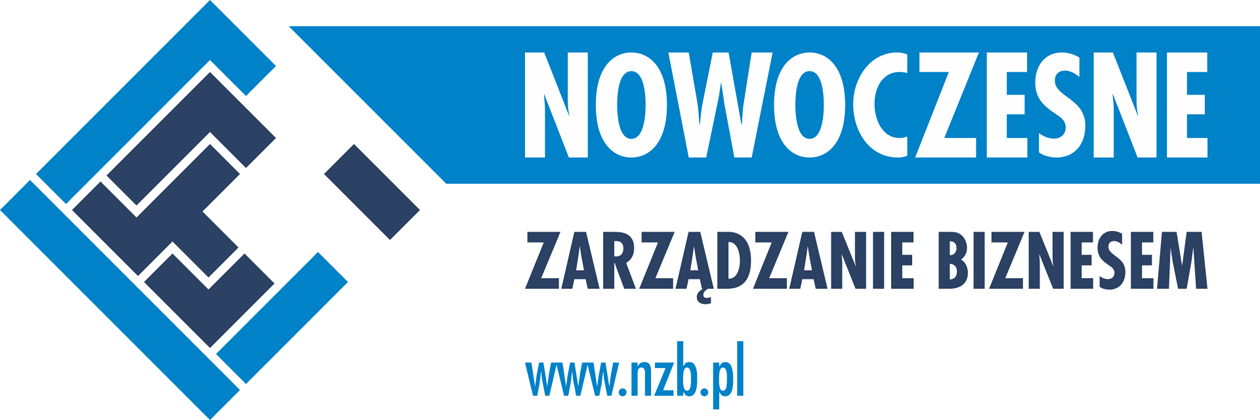It was removed 6 months later for lack of customer approval. John Shepher-Barron, a Scottish inventor, reportedly was in the bathtub when he had his “eureka!” moment, coming up with the idea of a vending machine that dispenses money, not chocolate bars. He pitched the idea to the British bank Barclays and they adopted it by 1967. The machine used PIN codes but not magnetic stripes – it relied on a radioactive isotope carbon to initiate a withdrawal!
Source: http://activerain.com/blogsview/4428147/43-fun-facts-about-atm-machines-
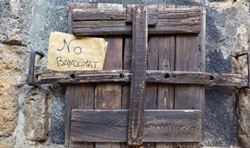 ATMs have different names in different countries. In Australia and Canada they’re called “bank machines” or “money machines”, in New Zealand they’re called “Cash Points”, “Hole-in-the-walls” in the United Kingdom, and “Bancomats” in Europe.
ATMs have different names in different countries. In Australia and Canada they’re called “bank machines” or “money machines”, in New Zealand they’re called “Cash Points”, “Hole-in-the-walls” in the United Kingdom, and “Bancomats” in Europe.
Source: http://activerain.com/blogsview/4428147/43-fun-facts-about-atm-machines-
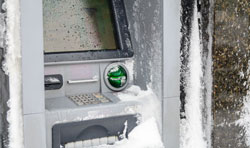 The banking conglomerate Wells Fargo installed two automatic teller machines at McMurdo Station, the largest science hub in Antarctica.
The banking conglomerate Wells Fargo installed two automatic teller machines at McMurdo Station, the largest science hub in Antarctica.
Source: www.mentalfloss.com/article/63741/worlds-loneliest-atm-antarctica
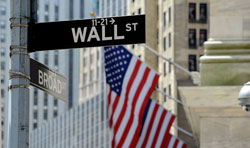 Former Fed Chairman Alan Greenspan has a poorly veiled tic in his right eyebrow. Investors measured how high he raised it while talking, saying it was a better indicator of whether interest rates were going up.
Former Fed Chairman Alan Greenspan has a poorly veiled tic in his right eyebrow. Investors measured how high he raised it while talking, saying it was a better indicator of whether interest rates were going up.
Source: www.bankrate.com/finance/federal-reserve/fun-federal-reserve-facts-4.aspx
 The Knights Templar in the XII century began generating letters of credit for pilgrims journeying to the Holy Land: pilgrims deposited their valuables with a local Templar preceptory before embarking, received a document indicating the value of their deposit, then used that document upon arrival in the Holy Land to retrieve their funds. This innovative arrangement was an early form of travellers cheques.
The Knights Templar in the XII century began generating letters of credit for pilgrims journeying to the Holy Land: pilgrims deposited their valuables with a local Templar preceptory before embarking, received a document indicating the value of their deposit, then used that document upon arrival in the Holy Land to retrieve their funds. This innovative arrangement was an early form of travellers cheques.
Source: http://www.crystalinks.com/templars1.html
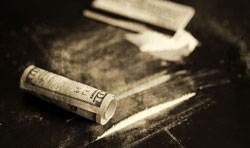 A scientific study conducted in 2009 concluded that somewhere between 90-94% of all U.S. bills in circulation carry traces of cocaine on them. This is largely due to the practices of drug traffickers who move large amounts of cash with the drug all over their hands, and the fact that the bills are often rolled up into straws and used to snort the drug.
A scientific study conducted in 2009 concluded that somewhere between 90-94% of all U.S. bills in circulation carry traces of cocaine on them. This is largely due to the practices of drug traffickers who move large amounts of cash with the drug all over their hands, and the fact that the bills are often rolled up into straws and used to snort the drug.
Source: www.supermoney.com/2014/08/20-absurd-facts-about-money
